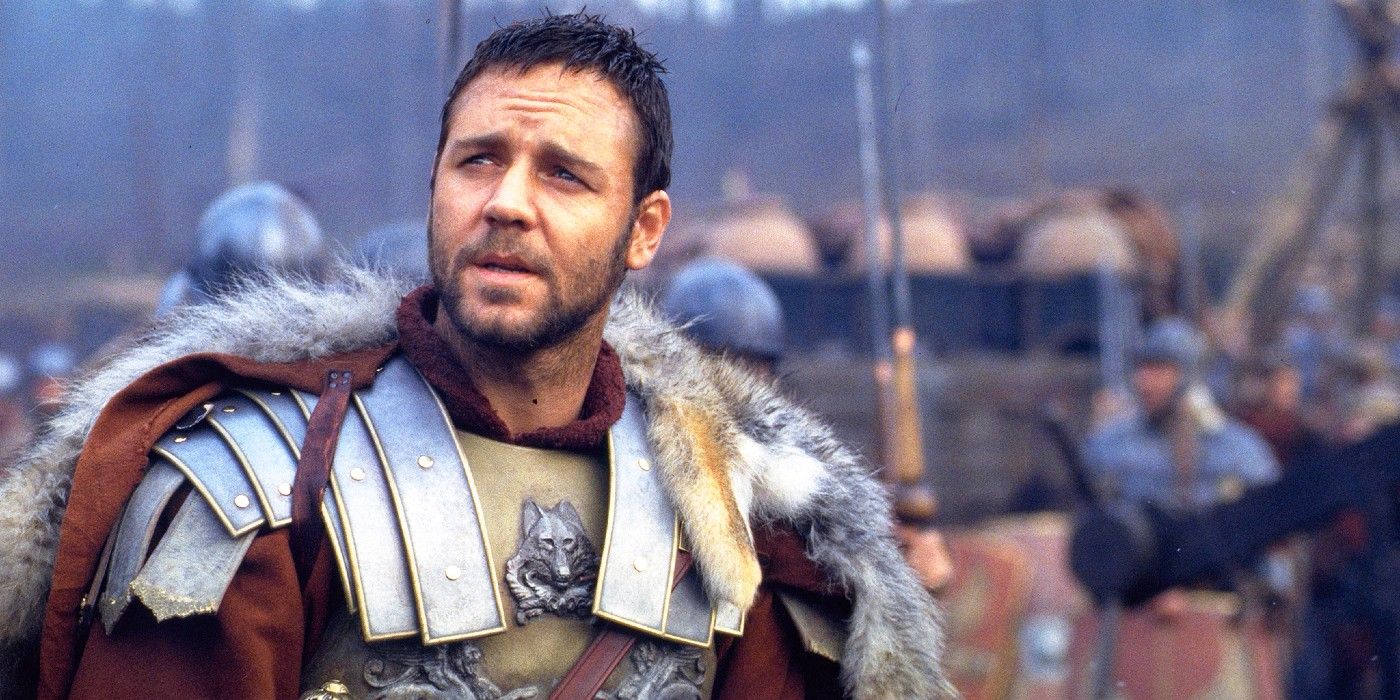
The Myth of Rambo: First Blood Part II
The Rambo movies have left an indelible mark on pop culture, with their depiction of a hardened Vietnam War veteran taking on impossible missions. One of the most iconic films in the franchise is 'Rambo: First Blood Part II,' which captivated audiences with its high-octane action and gripping storyline. However, behind the explosive sequences and intense drama lies a controversial myth that has been brought into question by military history experts.
The premise of 'Rambo: First Blood Part II' revolves around John Rambo's daring mission to rescue American prisoners of war (POWs) who are believed to be held captive in Vietnam, years after the war's end. This narrative struck a chord with moviegoers and instilled the belief that there were still American soldiers languishing in enemy territory. However, this premise has been debunked by military historians, who argue that there is no evidence to support the existence of American POWs in Vietnam during the early '80s.
In a scathing critique of the film, Vietnam War historian Bill Allison discredits the portrayal of American soldiers being held captive, labeling it as completely bogus. He sheds light on the tragic origins of the myth, revealing how false information was peddled to families of missing soldiers, leading to a misguided belief in the existence of POWs. This revelation challenges the authenticity of the film's premise and raises questions about the impact of movies in shaping historical perceptions.
The Tragic Legacy of Misinformation
The aftermath of the Vietnam War gave rise to a disheartening phenomenon, as misinformation about missing American soldiers proliferated in Vietnam and Thailand. Families of the missing servicemen were targeted with false information, offering hope of discovering the fate of their loved ones in exchange for exorbitant sums of money. This exploitative practice, as highlighted by Allison, created a lucrative industry that capitalized on the anguish of families desperately seeking closure.
The use of fake documentation, including forged dog tags, added a veneer of legitimacy to the deceitful claims, further perpetuating the belief in the existence of American POWs. The names of the missing soldiers were even published in prominent newspapers, amplifying the illusion of their captivity and fueling the narrative that resonated with audiences through movies like 'Rambo: First Blood Part II' and Chuck Norris' films, which depicted similar rescue missions.
The tragic consequence of this misinformation is the distortion of historical truths and the perpetuation of false narratives, as Allison laments. He emphasizes the profound impact of movies in shaping public perception and underscores the need for critical examination of historical portrayals in popular media. The harrowing legacy of misinformation serves as a poignant reminder of the ethical responsibility inherent in portraying historical events and the enduring consequences of sensationalized storytelling.
Cultural Influence and Historical Accuracy
The cultural impact of 'Rambo: First Blood Part II' and similar '80s films extends beyond entertainment, shaping perceptions of historical events and perpetuating enduring myths. The film's incorporation of Russian characters in the narrative, reflective of the Cold War era, introduces geopolitical complexities that diverge from historical realities. Allison points out the implausibility of Russian involvement in the depicted rescue mission, highlighting the artistic liberties taken to heighten the narrative's tension.
Furthermore, the prevalence of '80s Vietnam War movies, including Chuck Norris' films and other productions, contributed to a collective acceptance of the myth of American POWs still being held in Vietnam. The allure of these narratives, embellished with jingoistic fervor and heroic exploits, captured the imagination of audiences but also reinforced the false premise that resonated with the cultural climate of the time.
The success of 'Rambo: First Blood Part II' at the box office, grossing over $300 million worldwide, underscored the commercial appeal of these narratives. It catapulted Sylvester Stallone's character into the realm of iconic action heroes, solidifying the enduring influence of the film on popular culture. However, the disconnect between cinematic spectacle and historical accuracy raises important questions about the responsibility of filmmakers in portraying sensitive historical events and the enduring impact of fictionalized narratives on public memory.













